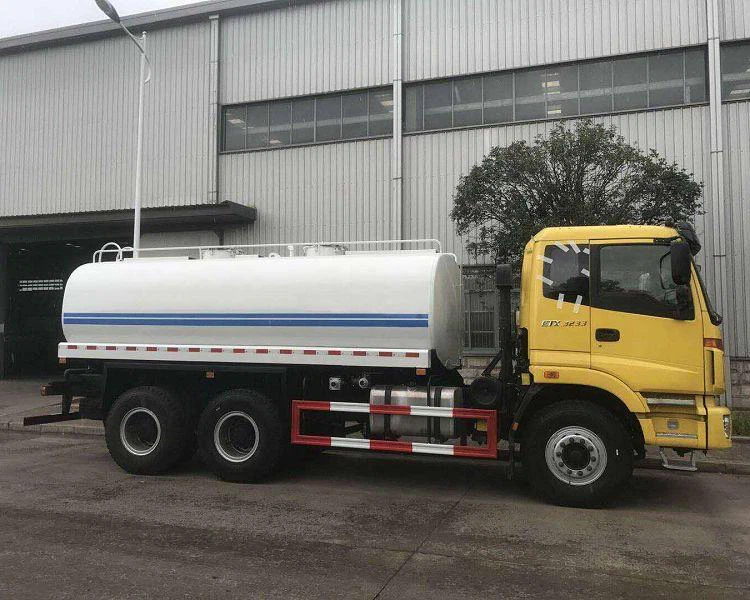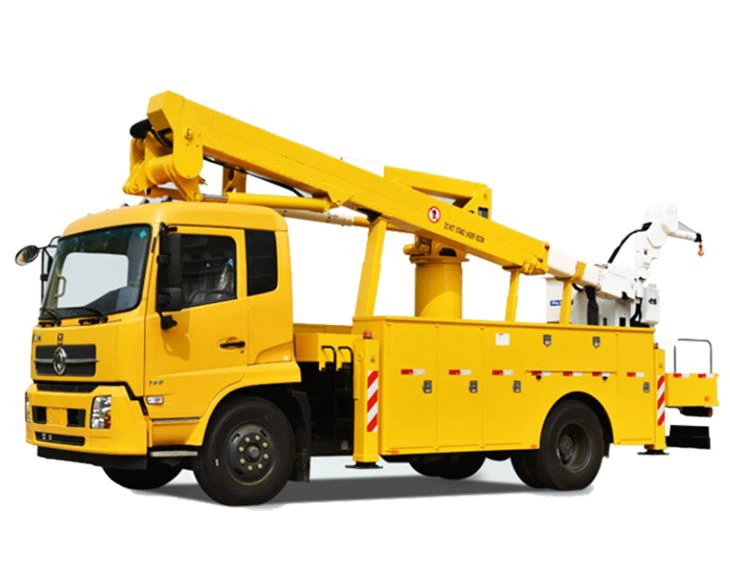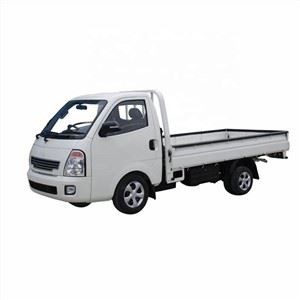All You Need to Know About the Freightliner Condor

The Freightliner Condor is a remarkable truck model that has captured the attention of truck enthusiasts and professionals alike. As one of the leading options in the freight transportation industry, the Condor combines reliability, performance, and advanced features. In this comprehensive article, we will delve into every aspect of the Freightliner Condor, providing insights, practical tips, and answering frequently asked questions.
Overview of the Freightliner Condor

The Freightliner Condor is a medium-duty truck known for its versatility and robust design. Originally launched in 1997, it has been a favored choice among fleets for its fuel efficiency and practical applications in various industries, including construction, distribution, and more.
Key Features
- Engine Options: The Condor typically comes with a variety of engine options ranging from 6 to 8 cylinders, allowing for suitable choices based on load requirements.
- Cab Design: The modern aerodynamic cab design helps reduce wind resistance, providing better fuel efficiency.
- Safety Features: Includes advanced safety systems like anti-lock brakes, traction control, and optional lane departure warning systems.
- Comfort: Ergonomically designed interiors featuring advanced infotainment systems, comfortable seating, and ample cargo space.
Comparing Freightliner Condor Models
The Freightliner Condor is available in various models to suit different needs. Below is a comparative analysis of popular models.
| Model | Engine Type | Horsepower | Towing Capacity | Starting Price |
|---|---|---|---|---|
| Condor 112 | 6.7L Turbo Diesel | 250 hp | 26,000 lbs | $99,000 |
| Condor 114 | 8.3L V8 | 300 hp | 30,000 lbs | $105,000 |
| Condor 117 | 8.9L I6 | 350 hp | 33,000 lbs | $120,000 |
Understanding the Freightliner Condor’s Performance
The performance of the Freightliner Condor is one of its most appealing attributes. This section explores its capabilities in detail.
Engine Efficiency
The Freightliner Condor is designed with engine efficiency in mind. Depending on the chosen engine, it can achieve impressive miles per gallon (MPG), significantly reducing operating costs. For example, with a 6.7L Turbo Diesel engine, operators can expect efficiency levels around 10-12 MPG under standard load conditions.
Towing Capacity
The towing capacity of the Freightliner Condor varies by model. With its robust frame and powerful engines, it can pull substantial loads, making it ideal for transport and deliveries. Regular maintenance and adhering to load limits are essential for maximizing performance.
Maintenance Tips for the Freightliner Condor
To ensure longevity and performance, regular maintenance is crucial. Here are some practical tips for keeping your Freightliner Condor in top shape.
Regular Oil Changes
Changing the oil regularly is vital for engine health. Using high-quality engine oil and adhering to the manufacturer’s recommendations can prevent engine wear and improve fuel efficiency.
Inspect the Brakes
Regular brake inspections can help detect issues before they become expensive problems. Keep an eye on brake wear levels and replace worn components promptly.
Tire Maintenance
Ensuring proper tire pressure and tread depth is critical for the performance and safety of the Freightliner Condor. Conduct routine checks and rotate tires as necessary to promote even wear.
Interior Features and Comfort
The interior design of the Freightliner Condor takes driver comfort seriously, making long hauls more pleasant.
Driver Ergonomics
The spacious cabin features adjustable seats, large windows for visibility, and accessible controls designed to minimize fatigue during long drives. These elements combine to create a comfortable driving environment.
Infotainment System
Modern Freightliner Condor models come equipped with state-of-the-art infotainment systems, which include GPS navigation, Bluetooth connectivity, and entertainment options, allowing drivers to stay connected and informed on the road.
Common Issues and Troubleshooting
Engine Troubles
Common engine issues may include rough idling or stalling. If this occurs, check for loose connections, dirty filters, or low fuel levels. Regular diagnostic tests can help identify underlying problems early on.
Transmission Problems
If you experience difficulty shifting gears, check the transmission fluid levels and look for leaks. It’s essential to consult a professional mechanic if transmission issues persist.
Fuel Efficiency Strategies
Fuel efficiency is a top concern for freight operators. Implementing strategies to improve MPG can lead to significant cost savings. Here are some effective tips.

Monitoring Driving Habits
By adopting smooth driving techniques like gradual acceleration and braking, drivers can optimize fuel consumption. Avoiding rapid starts and maintaining a steady speed can improve overall efficiency.
Weight Management
Keeping the payload within recommended limits is crucial. Overloading the Freightliner Condor can negatively affect fuel efficiency and overall performance.
Freightliner Condor in the Market Today
The availability of the Freightliner Condor with competitive pricing and features has maintained its popularity in the market. Fleet managers frequently turn to this model for replacements or new acquisitions.
Buying New vs. Used
When considering a purchase, options include new and used models. Buying new often guarantees the latest technology and warranties but comes at a higher price. Used models can offer significant savings but require rigorous inspection for wear and tear.
Leasing Options
Many companies also consider leasing as an option to reduce upfront costs while maintaining flexibility. This can be ideal for businesses with fluctuating freight demands.
Frequent Questions About the Freightliner Condor
What is the average lifespan of a Freightliner Condor?
With proper maintenance, the Freightliner Condor can last between 10 to 15 years, or even longer, depending on usage and care.
Can I modify my Freightliner Condor?
Yes, many modifications are possible. Popular upgrades include enhanced suspension systems, custom exhaust, and improved audio systems. Ensure modifications comply with local regulations.
What is the warranty coverage for the Freightliner Condor?
New Freightliner models typically come with a 2-year/unlimited mileage warranty, covering various components. Always check specific warranty details at the time of purchase.
How does the Freightliner Condor perform in off-road conditions?
While primarily designed for on-road use, the Freightliner Condor can handle light off-road conditions. However, it is advisable to consider specialized vehicles for rigorous off-road tasks.

What fuel types does the Freightliner Condor use?
The Freightliner Condor generally runs on diesel fuel, known for its efficiency and torque, suitable for heavy-duty applications.
Is financing available for the Freightliner Condor?
Yes, various financing options are available through manufacturers, dealerships, and third-party lenders, making it easier for businesses to acquire this truck.
